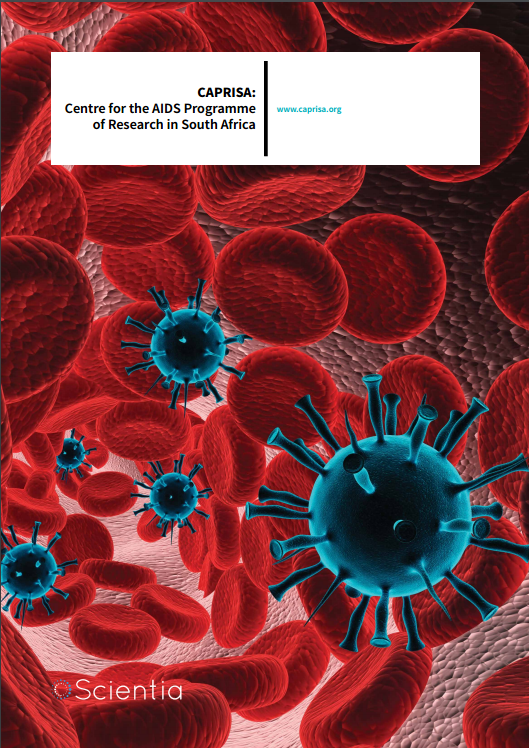CAPRISA: Centre for the AIDS Programme of Research in South Africa
The Centre for the AIDS Programme of Research in South Africa (CAPRISA) was established in 2002 with a National Institutes of Health (NIH) grant award. The organisation was created as a partnership between five institutions: University of KwaZuluNatal, University of Cape Town, University of Western Cape, South African National Institute for Communicable Diseases, and Columbia University in New York. Now a well-established and highly regarded AIDS Research Centre, CAPRISA conducts innovative research into HIV pathogenesis, TB-HIV treatment and HIV prevention. In this exclusive interview, we have had the privilege of speaking with Professor Salim Abdool Karim, Director of CAPRISA. Here, Professor Abdool Karim tells us about CAPRISA’s cutting-edge research to treat and prevent HIV infection in South Africa and across the globe.
Describe CAPRISA’s mission, and the ways by which CAPRISA conducts and supports HIV/AIDS research in South Africa.
CAPRISA’s vision is an AIDS-free world. The main goals of CAPRISA are to conduct locally responsive and globally relevant research on HIV/ AIDS and tuberculosis (TB), while building the research infrastructure and providing research training opportunities for the next generation of scientists.
CAPRISA concentrates its research on developing new interventions to reduce new cases of HIV infection and HIV-related deaths in Africa. Hence, CAPRISA’s research focuses on co-infection with HIV and TB, which is the most common cause of deaths in South Africa, and on new prevention technologies for young women, who have the highest HIV infection rates in southern Africa. The aim of its studies is to prevent HIV infection in young women and reduce HIV-TB deaths in South Africa.
How prevalent is HIV/AIDS in South Africa? Is the disease a leading cause of death?
South Africa bears a disproportionate burden of HIV infection. The country has about 19% of the global HIV burden despite being home to less than 1% of the global population. The South African epidemic is described as a generalised, hyper-endemic epidemic where, despite active HIV prevention and treatment programmes, there continues CAPRISA: Centre for the AIDS Programme of Research in South Africa to be high rates of new HIV infections. South Africa has the highest number of people living with HIV in the world. According to UNAIDS, there are an estimated 7 million people living with HIV in South Africa and each day there continues to be about 1,000 new infections. About one fifth of all the people living with HIV in the world are in South Africa.
In South Africa, HIV and TB are individually among the leading causes of death. However, it should be noted that many individuals with TB are also co-infected with HIV. People with both HIV and TB infections at the same time have a much higher risk of dying, as the two infections have a higher death rate when they occur together than separately. The risk of developing symptoms of TB, including cough, fever and night sweats, is highest soon after a person becomes HIV positive and becomes pronounced again when the person develops advancing HIV related immune suppression. The risk of rapid progression to TB disease is much greater among individuals with HIV infection, because HIV impairs the body’s ability to contain TB infection.
‘To achieve its vision of an AIDS-free world, CAPRISA’s research addresses the two greatest challenges in the HIV epidemic in Africa – preventing HIV infection in young women and reducing deaths from HIV-TB co-infection’
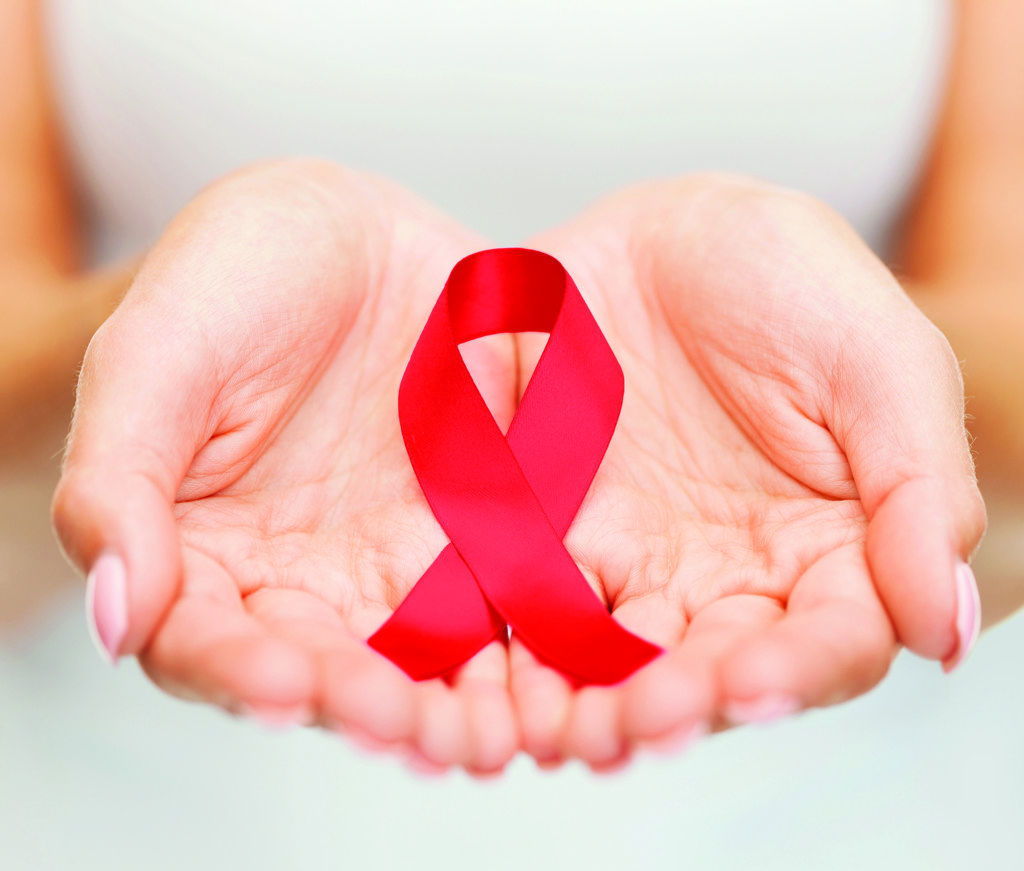
Please describe CAPRISA’s work in combatting the high death rate caused by HIV – Tuberculosis co-infections.
People with HIV have the highest risk of dying due to TB. However, with scientific advancement, policy change and programmatic implementation, the number of people dying from HIV-associated TB worldwide has fallen by 32% since 2004. Currently, deaths from HIV-TB account for 25% of all TB deaths and one third of the estimated 1.2 million deaths from HIV.
The decline in deaths in people with both HIV and TB infection is a consequence of 3 things: (1) expansion of AIDS treatment globally, (2) improvements in HIV-TB case finding through implementation of HIV screening in TB programs and improved TB diagnostics leading to earlier TB diagnosis, and (3) integration of antiretroviral therapy (ART) with the medications taken for TB.
A radical decline in antiretroviral drug prices together with investments from governments and donor agencies such as the Global Fund to fight AIDS, TB and Malaria and the President’s Emergency Plan for AIDS Relief made AIDS treatment a reality for those most in need. By the end of 2016, an estimated 18.2 million people were accessing ART, an impressive scale-up from 7.5 million in 2010. In one rural South African community, for example, scale up of ART therapy between 2003 and 2011 has reduced the risk of acquiring HIV by 38%, while increasing life expectancy by 11.3 years.
CAPRISA’s scientific research over the last decade has led to new interventions, policies and guideline changes, all aimed at improving the clinical management of HIV-TB co-infection. Results from the CAPRISA 003 HIV-TB treatment study undertaken in Durban at the TB clinic in Warwick Avenue are widely used in guiding the way people with this dual infection are treated throughout the world. This study demonstrated that the key to saving lives of people with the dual disease is to integrate the care they receive for HIV with their TB treatment. The results from the CAPRISA 003 study provided pivotal data contributing to the revision of the WHO, US-DHHS and South African guidelines on the treatment of TB-HIV co-infection. CAPRISA’s findings on reducing deaths from HIV-TB have already been implemented in several countries and it is estimated that the implementation of the integrated approach to TB-HIV treatment could prevent about 10,000 deaths each year in South Africa alone. By 2014, the percentage of identified HIV-positive TB patients who started or continued on ART reached 77%, demonstrating a giant leap forward in the effective management of dually infected patients.
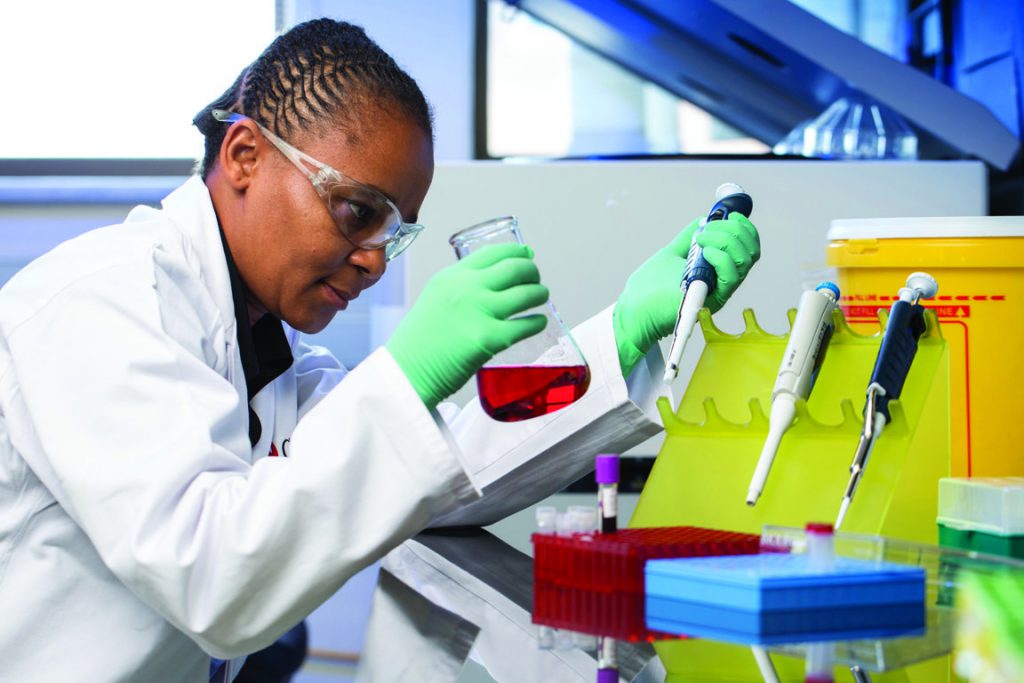
HIV disproportionately affects young women in South Africa. What are the reasons behind this, and what work is CAPRISA involved with to specifically target this problem?
While global HIV trends indicate a decline in the number of new cases of HIV infection (from 3.4 million in 2001 to 2.1 million in 2015), these trends mask the continued spread of HIV in certain regions, populations, and age groups. Of the 10 countries that contribute two-thirds of all HIV infections globally, seven are in eastern and southern Africa. In these regions, women account for 59% of all people living with HIV, and adolescent girls and young women aged 15 to 24 years are particularly vulnerable. Of the estimated 3.9 million young people aged 15 to 24 years living with HIV in 2014, 2.3 million (58%) were young women. Throughout sub-Saharan Africa, HIV prevalence among adolescent girls and young women exceeds that of their male peers, with HIV prevalence up to 6 times higher in young women in South Africa.
Why are young women so vulnerable?
While the cause of this vulnerability has not been fully elucidated, it is compounded by a complex interplay of biology, gender-power disparities, social, political and economic factors. In sub-Saharan Africa, adolescent girls and young women tend to acquire HIV infection at a much earlier age than their male peers. This age–sex disparity in infection rates is a consequence of young girls partnering with men who are about 8–10 years older than them, and who may have recently acquired HIV or who are already living with HIV but are not on treatment with antiretroviral medicines. Adolescent girls and young women engage in sexual relationships with older men for multiple reasons. While some relationships are based on love or sexual curiosity, in some instances, particularly for those from impoverished backgrounds, young women may engage in transactional sex and form relationships with older men for financial and social security.
Young people are often inexperienced in sexual risk-taking and many are not able to negotiate condom use with older partners. Understanding the drivers of this partnering pattern and learning more about these male partners is critical for addressing the prevention needs of adolescent girls and young women.
In addition to unknowingly choosing a sexual partner who may be already infected with HIV, early sexual debut, teen pregnancies, early school drop-out, and sexual violence also increase the vulnerability of adolescent girls and young women to acquiring HIV infection and maintain them in vicious cycles of poverty and dependency.
The high HIV incidence rates observed among adolescent girls and young women in sub-Saharan Africa suggest that factors beyond behaviour may be contributing to the heightened vulnerability in this group. Women are biologically more vulnerable to HIV and are, on average, twice as likely as men to become infected after a single sexual encounter. The biological mechanisms that make women more vulnerable than men in acquiring HIV are related to the high levels of immune cell activation (which is the viral target for infection) in the female genital tract and the increased expression of HIV co-receptors in cervical cells (compared to foreskin cells) may explain why women have a higher per-act risk of HIV acquisition then men. Genital trauma, experienced as a result of forced or unwanted sexual intercourse, can also facilitate HIV transmission.
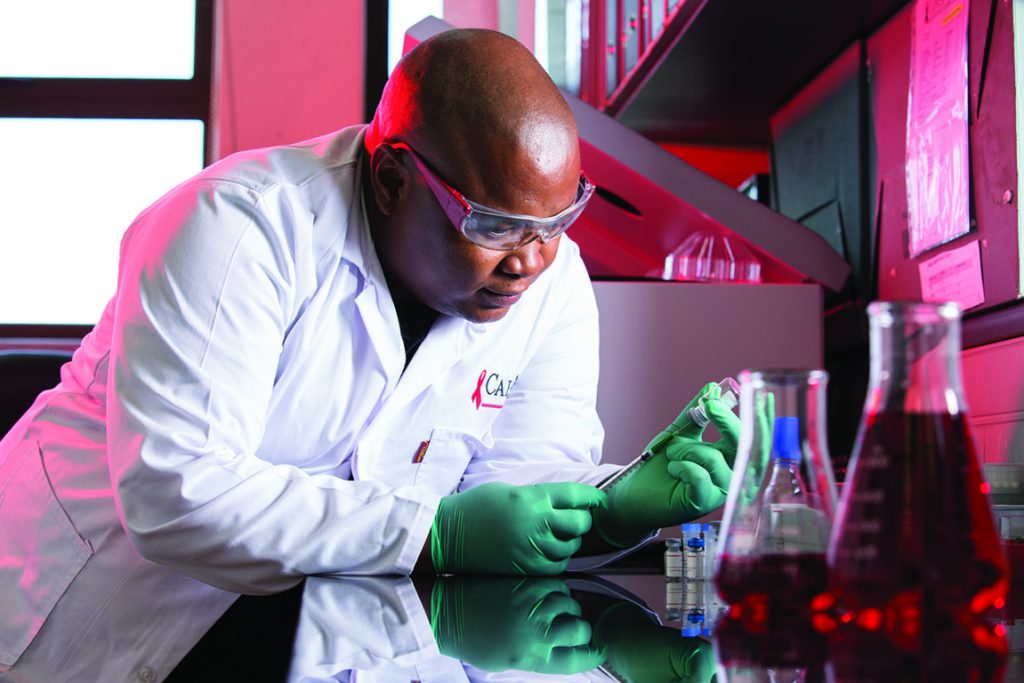
Inflammation in the female genital tract may also be an important risk factor. Analysis of female genital tract samples from the CAPRISA 004 tenofovir gel trial showed that genital inflammation, defined by combinations of elevated pro-inflammatory cytokines, was associated with a 3-fold increase in the risk of HIV acquisition. The causes of this inflammation are still unclear, but CAPRISA’s research suggests that one of the causes is a vaginal bacterium known as Prevotella Bivia. A better understanding of the immunological basis of HIV transmission in young women could yield useful clues to future HIV prevention technologies and strategies.
Given the scale of the HIV epidemic in young women and the dire need for solutions to reducing risk of HIV in this group, CAPRISA conducts research on the epidemiology, pathogenesis and prevention of HIV infection, with a special emphasis on HIV prevention in women. This research is also part of CAPRISA’s DST-NRF Centre of Excellence (CoE) in HIV Prevention. The CoE was awarded by the NRF in 2015 to CAPRISA as the host organisation and the University of KwaZulu-Natal as cohost with the University of Cape Town, University of the Western-Cape and the National Institute of Communicable Diseases as partners. The CoE’s research programme has been planned to generate new knowledge that contributes to the development of new HIV prevention approaches.
The main goal of the CoE in HIV Prevention is to undertake research, training, information sharing and policy support aimed at understanding and ameliorating the high risk of HIV in women, especially young women, in South Africa. The CoE’s research agenda will advance technologies such as pre- exposure prophylaxis, microbicides and vaccines to impact on HIV transmission in one of the most difficult sub-populations in Africa, where traditional HIV prevention has had little, if any, impact.
The pivotal study in this research programme is the CAPRISA 002 Acute Infection study on HIV immunology and pathogenesis, which conducts basic science studies to generate new knowledge on the transmitted virus, the mucosal milieu for viral entry, the earliest innate immune responses, the T-cell and humoral adaptive immune responses, and the host genetic factors associated with HIV in order to inform the future development and testing of immune-based prevention and treatment strategies.
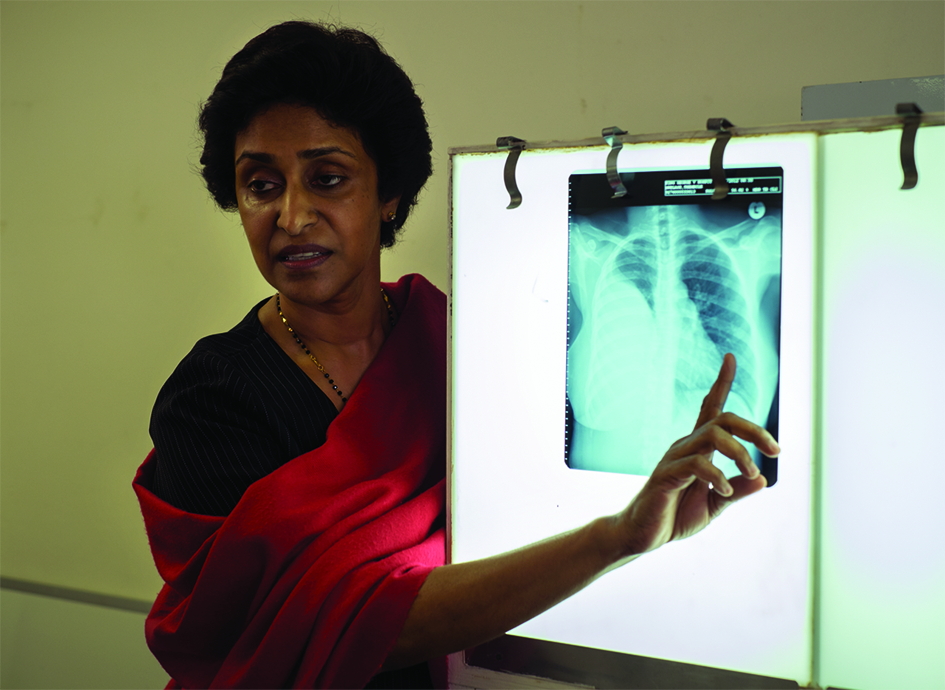
How likely is the transmission of HIV from a mother to her child during birth or breastfeeding? Please tell us a bit about CAPRISA’s work in preventing this spread.
At CAPRISA research on the prevention of mother-to-child transmission (pMTCT) is conducted in partnership with the Women’s Health Unit at the University of KwaZulu-Natal. CAPRISA hosts a NIH-funded Clinical Trials Unit (CTU) and studies in the IMPAACT (International Maternal Pediatric Adolescent AIDS Clinical Trials) Network are conducted as part of the CAPRISA CTU.
HIV can be transmitted in utero (pre-partum), during the process of childbirth (intra-partum) and post-partum through breastfeeding. In the absence of any intervention, the mother-to-child transmission rate is between 15% and 45%. The risk of perinatal HIV transmission is influenced by the severity of HIV disease in the mother (high RNA viral load and low CD4+ count), the route of delivery (caesarean section versus vaginal delivery), and the type of breastfeeding practices (exclusive breastfeeding or mixed feeding) and duration of breastfeeding. Notable advances have been made in reducing mother-to-child transmission of HIV to very low levels through the use of antiretroviral drugs, obstetric practices including caesarean delivery, and management of breastfeeding. Several countries have been successful in eliminating mother-to-child transmission.
Although thousands of children are newly infected with HIV in South Africa each year, major gains have been achieved in scaling-up of interventions for the prevention of mother-to-child transmission in South Africa. Within 10 years of initiating the country’s programme on preventing HIV in newborns, 95% of all health facilities were providing this service. By 2015, South Africa was one of six countries that met the Global Plan target of reducing mother-to-child transmission by 90%. More than 98% of women receive an HIV test during pregnancy and 95% of HIV-positive mothers are receiving antiretroviral treatment or prophylaxis. The current statistics indicate that the 6-week vertical transmission rate in South Africa is 1.5% and just over 4% at 18 months’ follow-up.
As availability of ART to reduce mother-to-child transmission during childbirth increases, breastfeeding is assuming a proportionately greater role as a source of HIV spread to newborn babies in settings where formula-feeding is not an affordable option. Breastfeeding, particularly in poor countries, can account for one-third to one-half of all mother-to- child transmissions. This risk is reduced substantially if the mother exclusively breastfeeds her baby since mixed feeding (breastmilk plus formula milk or any other feeds, including water) increases the risk of HIV transmission to the baby. Duration of breastfeeding also affects the rate of transmission.
What are broadly neutralising antibodies? Please tell our readers the ground-breaking work carried out by CAPRISA on this topic.
A neutralising antibody (NAb) is an antibody that defends a cell from an antigen or infectious body by neutralising any effect it has biologically. Broadly neutralising antibodies (bNAbs) are antibodies (Abs) that can kill multiple strains of a particular virus.
Although Abs against HIV develop in all infected individuals, they are ineffective at controlling viral replication because these Abs can only kill a single strain of HIV. Since these strain-specific Abs target variable regions of the HIV envelope, the virus readily escapes these Abs. Abs targeting more conserved regions of envelope arise in some individuals but these bNAbs fail to fully control replication because they appear too late in infection and are also ultimately evaded. Nevertheless, isolation of bNAbs from HIV infected individuals has enabled us to identify vulnerable sites on the HIV envelope and provided us with important reagents to demonstrate that these types of antibodies are protective in animals.
A large number of highly potent and bNAbs have been isolated from several HIV-infected donors over the past 5 years. Collectively, these monoclonal Abs target 5–6 conserved neutralisation-sensitive epitopes on the outer envelope covering of the virus including sites on gp120, the CD4 binding site (CD4bs), glycans on the V1, V2 and V3 loops, the membrane proximal external region (MPER) of gp41 and epitopes that span the gp120 and gp41. Those that target V3 and V1V2 glycans show the highest potency (IC50 of 0.01 – 1 µg/ml) while those targeting the MPER and CD4bs are generally broader (neutralise >90% of global isolates).
The CAPRISA team has isolated a number of monoclonal antibodies (mAbs), which target the V2 region of the HIV-1 envelope glycoprotein and are N160 glycan independent, from a South African woman participating in the CAPRISA 002 Acute Infection study. These mAbs preferentially target clade C viruses making them suitable for use in countries such as South Africa. One particular antibody from patient CAPRISA 256, referred to as CAP256-VRC26.25, is among the most potent monoclonal antibodies currently available, and neutralises 73% of clade C viruses.
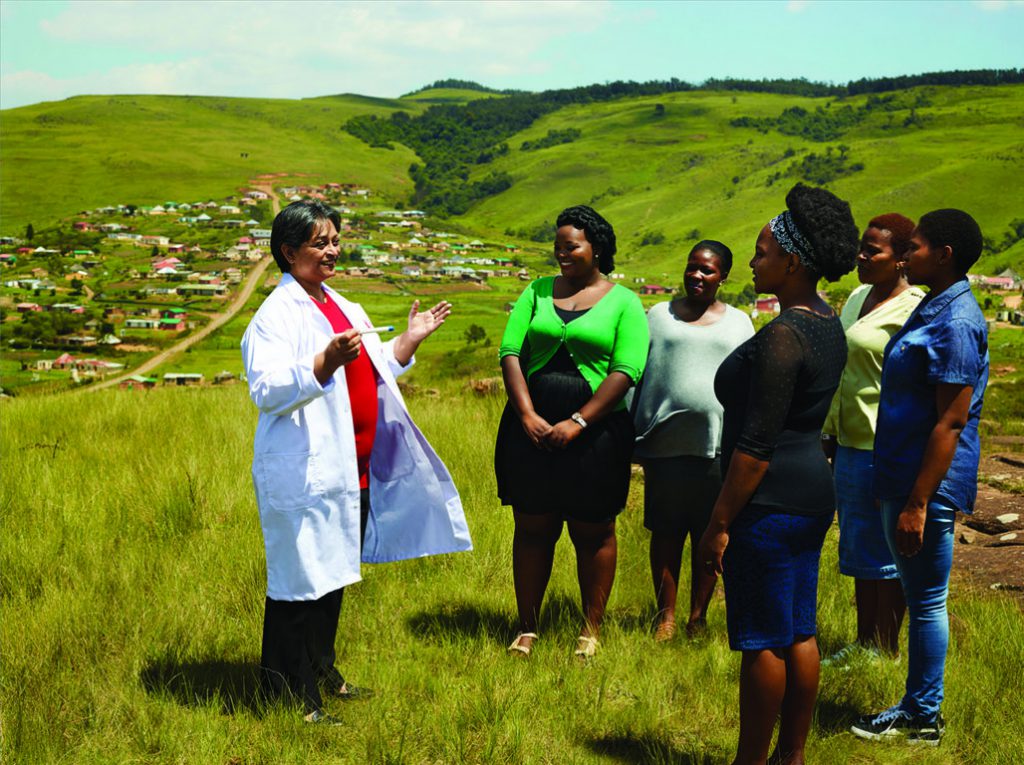
Importantly, unlike any other V1V2-directed antibodies, the most potent members of the CAP256-VRC26 lineage are not dependent on the N160 glycan (glycan dependence can result in incomplete neutralisation). The exceptional potency and N160 glycan independence of the CAP256-VRC26.25 makes it an attractive candidate for further testing for HIV prevention and even as a potential therapeutic approach.
The CAPRISA consortium developing the CAP256-VRC26.25 Ab, which includes the National Institute for Communicable Diseases humoral immunology team, have partnered with the Ragon Institute of MGH, MIT & Harvard and the US NIH National Institute of Allergy and Infectious Disease’s Vaccine Research Centre to develop this antibody and test it in monkeys. While the 6 monkeys that received the sham injections became infected when challenged, all 12 monkeys that received the CAP256-VRC26.25 antibody were protected when challenged with SHIV. Following these promising results in monkeys, the CAP256-VRC26.25 Ab is being manufactured by the NIH’s Vaccine Research Centre for human trials. It is anticipated that the first human studies of this Ab will begin early in 2018, initially on its own and subsequently in combination with other Abs.
If this Ab works in humans to prevent HIV infection, the next step will be to use it as prophylaxis where young women could receive an injection of the Abs every 4-6 months to protect them from acquiring HIV infection.
Finally, how close to you believe we are to developing an effective vaccine for HIV? Once developed, do you think it will be challenging to distribute the vaccine to people throughout the most affected countries?
Although there have been major advances in understanding HIV pathogenesis and the human immune system over the past three decades that continue to contribute to HIV vaccine development, several unique challenges remain before an effective vaccine is developed. Firstly, HIV attacks CD4+ T cells, the very cells that orchestrate the immune system to combat intruding viruses. Secondly, this retrovirus continuously mutates and recombines resulting in an extensive diversity of viral strains. For a vaccine to be effective at a global level, it would have to protect against a large number of evolving and diverse strains of HIV. Thirdly, there is not a single known case of an HIV positive person naturally clearing the infection, which would enable scientists to study potential correlates of protection. The RV144 trial that demonstrated partial efficacy, has provided some new clues on what immune responses may be required and once better defined, will inform new immunogen designs that could accelerate the path to an effective vaccine.
While a safe and effective vaccine is still several years away, CAPRISA is contributing to the global effort to develop new prevention technologies. Specifically, CAPRISA is working with several partners to develop new antiretroviral prophylaxis approaches, broadly neutralising Abs, and other technologies that could empower women to protect themselves from HIV. Without this, there is little prospect of reaching a world without AIDS.

